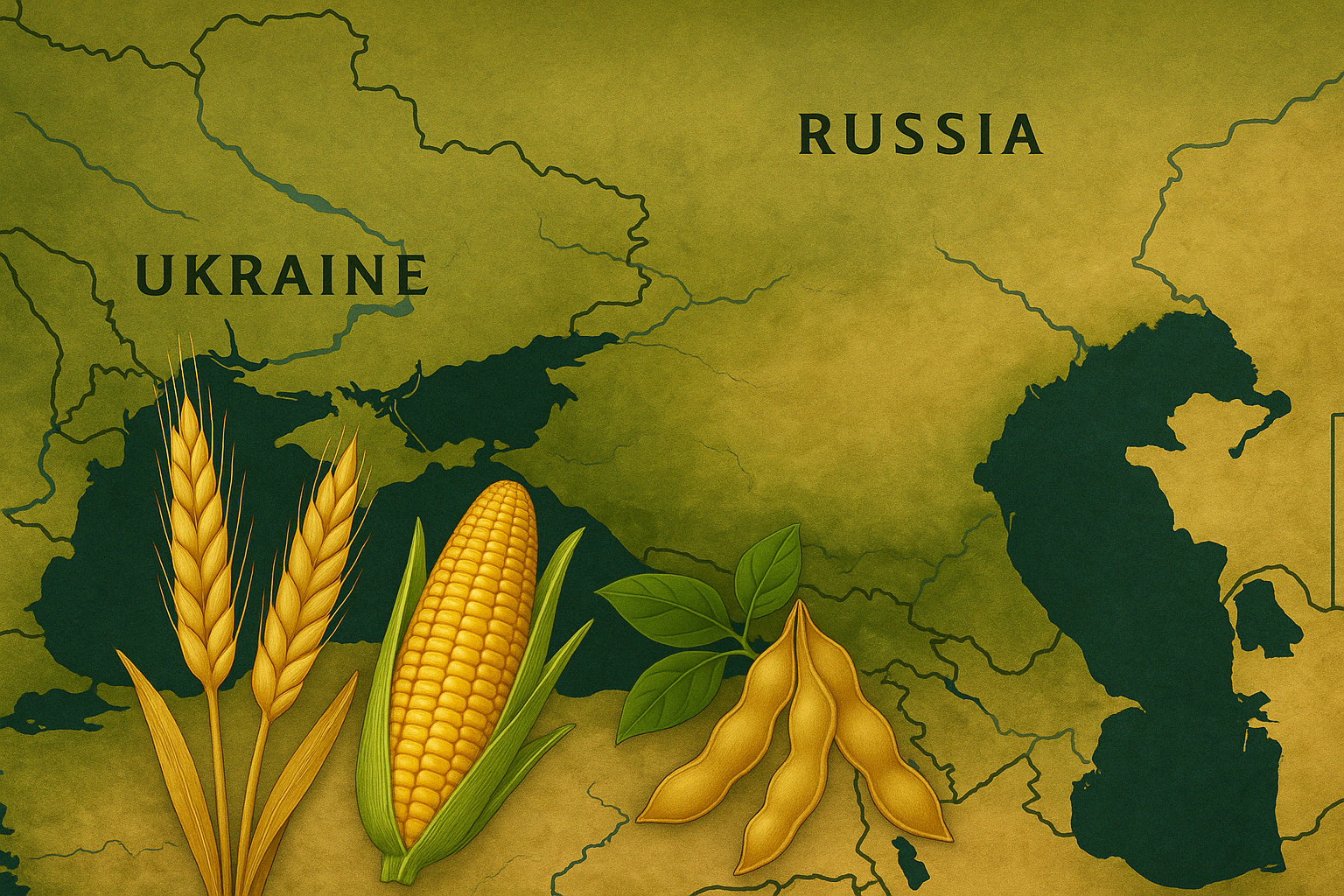Feed Wheat Disappears Amid Quality Mismatch
The feed wheat market in the Black Sea region is undergoing a significant shakeup. In Ukraine, offers for feed wheat vanished midweek as harvest results revealed unexpectedly high protein content, shifting much of the crop toward food-grade classification. This quality skew has tightened the availability of true feed wheat, driving demand prices up to $210/t FOB at ports like Pivdenny, Odesa, and Chornomorsk—$2 higher than recent offers.
The domestic Ukrainian market mirrored this pressure, with CPT port bids also reaching $210/t. While some traders expect balance once harvests in Ukraine’s western regions begin—where rains have been more favorable—the short-term strain is prompting mixed pricing and blending strategies. A similar trend was observed last year, when feed wheat prices matched food wheat with 11.5% protein due to lack of distinct supply.
Romania and Bulgaria also report generally good wheat quality, especially high protein levels, further limiting feed wheat output across the region. In essence, the market is increasingly blurring the line between feed and food wheat as traders adapt to what is available.
Drought-Driven Corn Collapse in Bulgaria
In stark contrast to wheat, Bulgaria's corn sector is in crisis. Prolonged drought and extreme heat have devastated the 2025 corn crop, especially in the Danube-adjacent Ruse region. Farmers like Stanimir Stanchev report entire fields drying out before cob formation, rendering any harvest impossible. The economic fallout is severe, and with little expectation of compensation, many farmers are contemplating exiting corn cultivation altogether.
Sunflower crops have also suffered, and long-term concerns about climate resilience and irrigation deficiencies are pushing Bulgarian farmers toward alternative crops like milk thistle, rapeseed, and peas. However, these transitions come with high upfront costs and limited short-term viability.
Oilseed Outlook Brightens in Wider Region
Despite Bulgaria's struggles, the broader Black Sea–Danube oilseed outlook is more optimistic. Favorable conditions and expanded planting are expected to lift total output by 2.4% year-on-year in 2025/26. Russia is leading this charge with nearly 1 million additional hectares, while Hungary, Romania, and Serbia are each expanding by around 50,000 hectares.
Ukraine remains the region’s oilseed heavyweight, contributing one-third of the total crop. While weather extremes in 2024 stifled record yields despite large acreage, 2025 expectations are more promising—even with slightly reduced sown area. Ukrainian sunflower and soybean crops look especially strong this season, though geopolitical and regulatory volatility remain key risk factors.
Geopolitical Friction Clouds Trade Policy
Trade dynamics around the Black Sea are growing increasingly complex. On July 14, five EU nations—Poland, Hungary, Slovakia, Romania, and Bulgaria—voiced firm opposition to a revised EU–Ukraine trade agreement under the DCFTA framework. These states argue that the updated pact risks destabilizing local agricultural markets by allowing unregulated Ukrainian imports to flood their economies.
Despite European Commission assurances that the agreement supports farmers' interests, the dissenting countries insist on significant revisions, prolonging uncertainty for Ukrainian grain exporters who rely heavily on EU access following the lapse of autonomous trade measures in June.
Algeria Turns to the Black Sea for Wheat
The region’s growing export footprint was underscored by Algeria’s massive wheat tender this week. The country reportedly purchased over 1 million tonnes of wheat, much of it likely sourced from Ukraine, Russia, and Bulgaria, at an average CNF price of $257 per tonne. This strengthens the Black Sea’s grip on North African grain markets—historically dominated by France—amid a global search for competitively priced, high-protein wheat.
Shipments will be staggered across three October delivery windows, and despite some uncertainty over precise origins, traders widely expect Black Sea nations to lead fulfillment. The tender comes only a month after Algeria’s previous 550,000-tonne purchase, indicating strong demand and growing trust in Black Sea reliability and price competitiveness.
The Black Sea grain market is currently marked by sharply reduced feed wheat availability, a crisis-level corn situation in Bulgaria, and rising regional prominence in global export flows, especially to North Africa. As weather extremes, quality shifts, and trade policy debates continue to shape market fundamentals, flexibility and resilience are becoming essential for producers and exporters alike.
The coming weeks—particularly the progress of Ukraine's harvest and EU trade negotiations—will be pivotal in determining the region’s impact on global grain flows.

